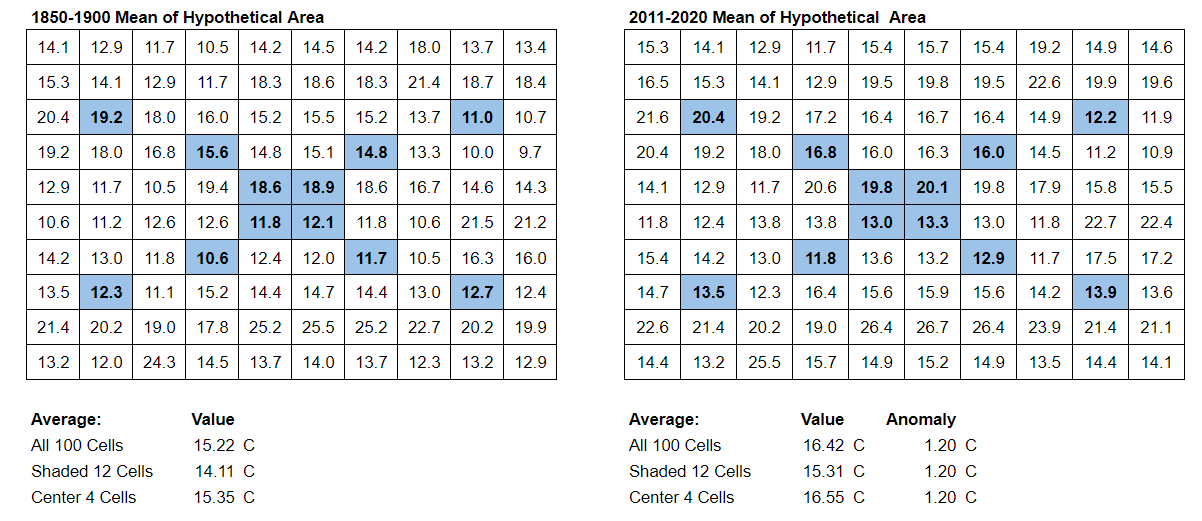Does Station Siting Have a Significant Impact on CONUS Temperatures?

I frequently see challenges to the US temperature record that claim that many stations are affected by poor station sighting, and that biases introduced by poor station siting may account for a significant fraction of observed warming in the US. The claim is that a significant number of stations located near asphalt or at airports or too close to buildings can cause thermometers to record artificially high temperatures, adding spurious warming trends to CONUS temperature trends. With the USCRN project, NOAA developed a classification system based on exposure characteristics affecting the siting of stations, and this classification system was retroactively applied to the stations in the old USHCN network by Anthony Watts and surfacestations.org. In this classification system, ratings of 1 and 2 indicate "good siting" and ratings of 3, 4, and 5 indicate "poor siting." These classifications can actually be used to test whether station siting has any impact on CONUS tem...
